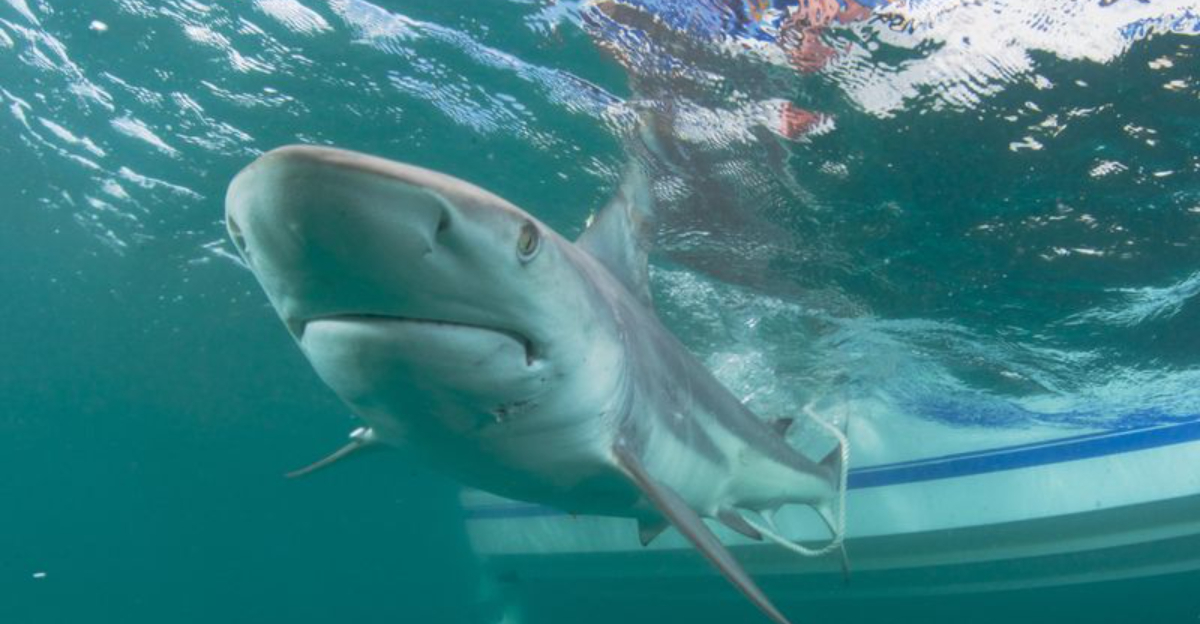Summer means sun, waves, and plenty of ocean fun, but some spots come with unexpected visitors lurking beneath the surface.
Sharks are part of the sea’s wild charm, but knowing where they tend to hang out can keep your beach day worry-free.
From hidden coves to busy shorelines, these U.S. waters have earned reputations that make swimmers think twice.
If you’re planning a splash, it’s smart to steer clear of these shark-favorite hangouts.
1. New Smyrna Beach, Florida

Dubbed the “Shark Attack Capital of the World,” this beach sees more bites per square mile than anywhere else on Earth.
Most attacks here involve smaller blacktip and spinner sharks mistaking splashing swimmers for fish.
The murky water near Ponce Inlet creates perfect confusion conditions. Don’t worry too much though—most bites are minor nips rather than the dramatic scenes from Jaws.
2. Volusia County, Florida
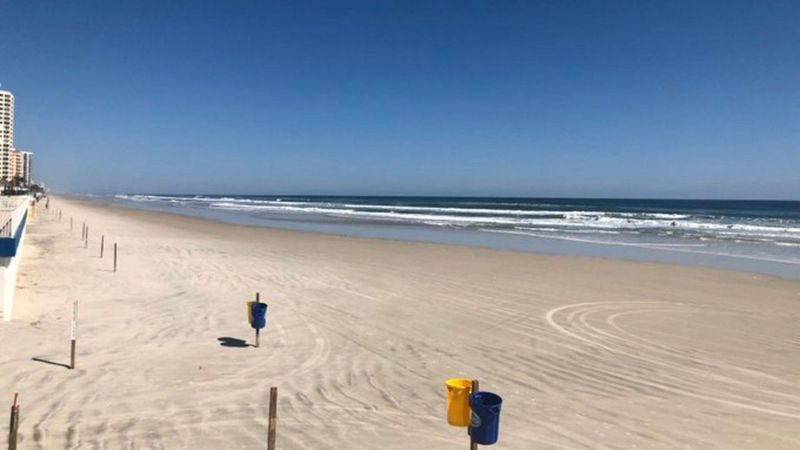
Beyond just New Smyrna Beach, the entire Volusia County coastline ranks as shark central. The county consistently logs more shark encounters than any other place in Florida, averaging about 10 incidents yearly.
Surfers make up nearly 80% of bite victims here. Those dawn patrol sessions might score empty waves, but they coincide perfectly with shark feeding times.
3. Laguna Beach, Panama City, Florida
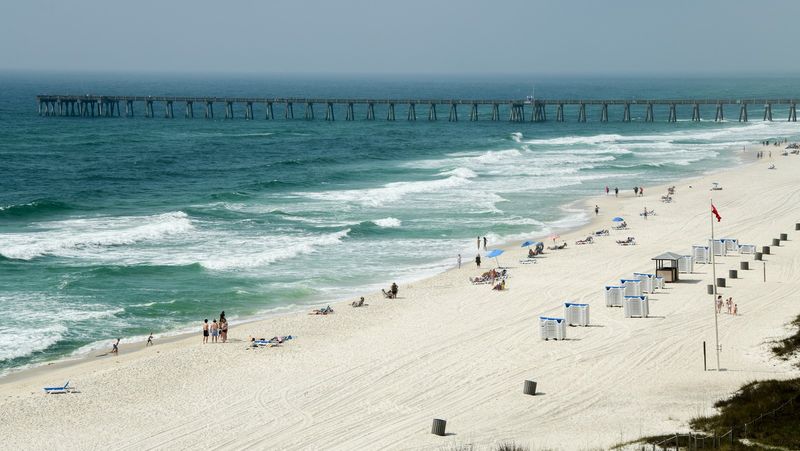
Spring breakers beware! Panama City’s crystal waters hide a toothy secret. Bull sharks—among the most aggressive shark species—patrol these waters, especially during warmer months.
The combination of fishing piers, bait fish, and crowded swimming areas creates a problematic mix. Locals know to avoid swimming at dawn and dusk when sharks actively hunt.
4. Daytona Beach, Florida
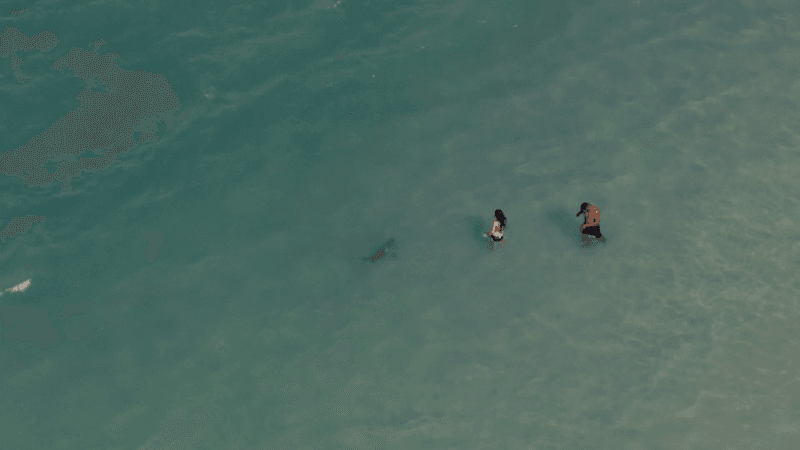
Famous for NASCAR, this beach should be equally known for its finned visitors. Just north of shark-prone New Smyrna, Daytona’s popularity with both tourists and sharks makes for concerning overlap.
The beach’s vehicle access creates unique problems—oil and fishing waste attract sharks closer to shore. The crowds generate plenty of splashing that sharks can mistake for injured prey.
5. Miami Beach, Florida
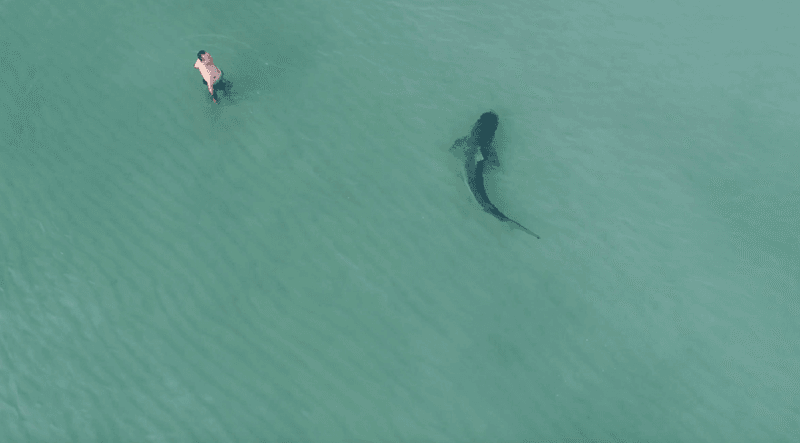
Behind the glamorous beachfront hotels lurks a less Instagram-worthy reality.
Miami’s warm waters attract various shark species year-round, including hammerheads and blacktips that migrate through in massive numbers.
The contrast between deep offshore trenches and shallow sandbars creates ideal hunting grounds. Beach authorities occasionally close swimming areas after shark sightings, but many tourists ignore the warnings.
6. Indialantic Ocean Beach Park, Florida
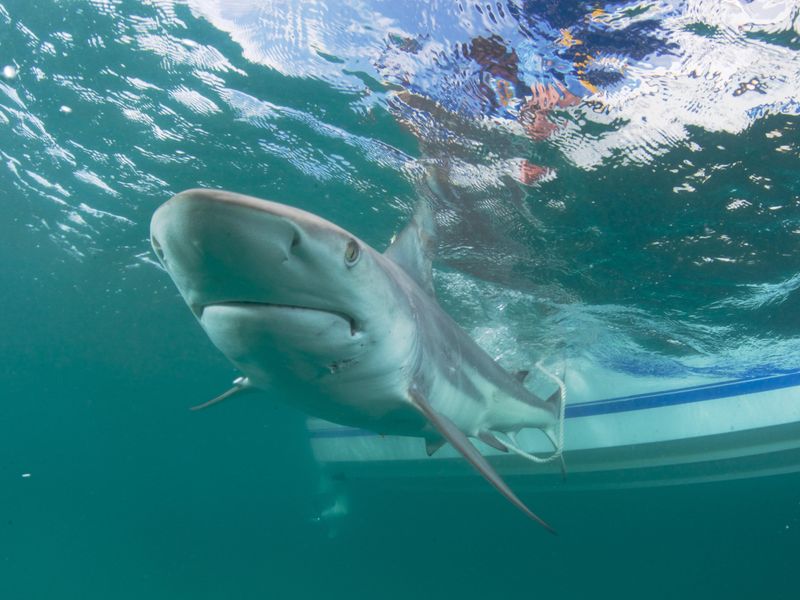
Nestled between Melbourne and Cocoa Beach, this unassuming stretch might seem peaceful compared to Florida’s famous beaches.
Don’t be fooled! The deep channel running parallel to shore acts as a shark superhighway.
Juvenile bull sharks use these waters as nursery grounds. The beach’s popularity with both surfers and sharks has led to several close encounters that would make anyone’s heart race!
7. Santa Monica Beach, California
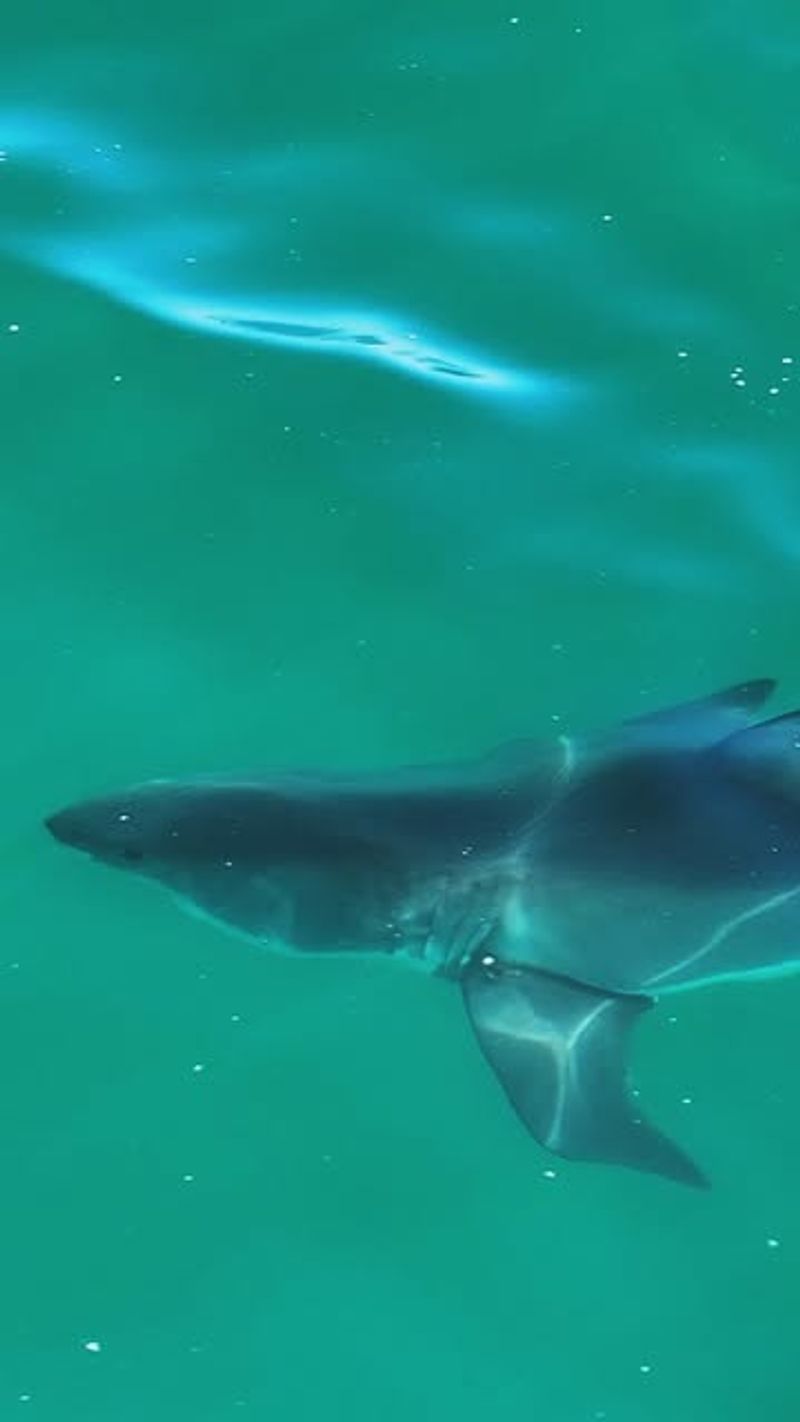
Hollywood’s favorite beach isn’t just star-studded—it’s shark-studded too! Great white juveniles have increasingly claimed these waters as nursing grounds, surprising researchers and beachgoers alike.
The famous pier creates an artificial reef attracting smaller fish that sharks love to munch on.
Despite the shark presence, attacks remain rare, but sightings near swimmers have prompted occasional beach closures.
8. Red Triangle, California
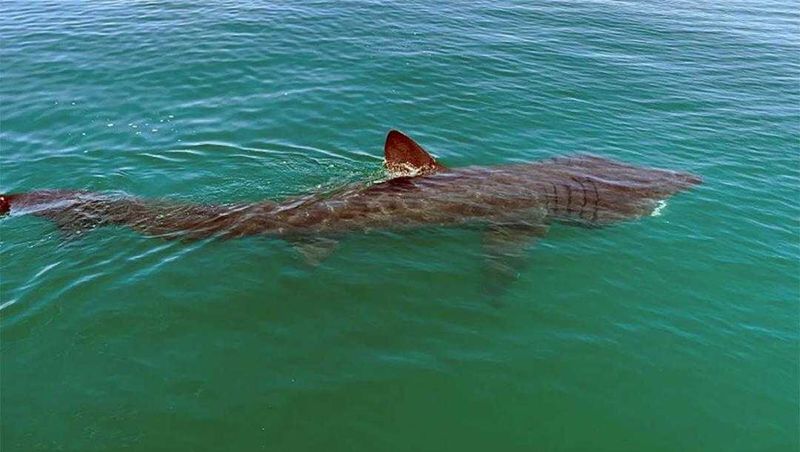
Stretching from Bodega Bay to Monterey Bay with the Farallon Islands at its apex, this notorious zone contains nearly half of all great white attacks in the US.
Adult great whites weighing thousands of pounds patrol these chilly waters hunting seals.
Surfers in black wetsuits unfortunately resemble the sharks’ preferred prey. The region’s rugged beauty comes with a serious warning—enter these waters at your own risk.
9. Monterey Bay, California

Home to a world-famous aquarium showcasing sharks, the actual bay outside houses plenty of non-captive specimens!
The deep submarine canyon offshore provides perfect habitat for various shark species, including great whites. Kayakers occasionally report heart-stopping encounters when curious sharks investigate their paddles.
The bay’s rich marine ecosystem attracts predators and prey alike, creating a complex food web with sharks at the top.
10. Santa Cruz County, California
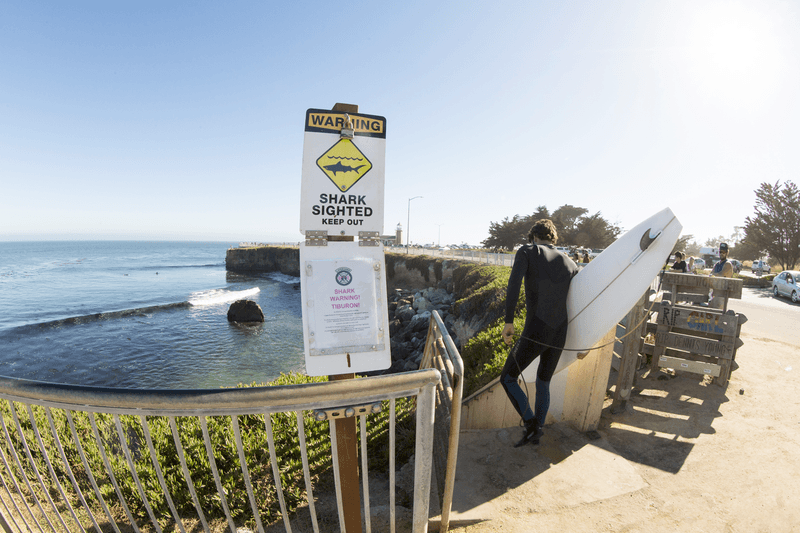
Surf City USA has a bitey problem. Santa Cruz’s famous breaks attract both wave-hungry surfers and seal-hungry sharks.
The county has recorded multiple attacks over the years, primarily targeting surfers and paddleboarders.
Local surfing spots like Pleasure Point see frequent shark activity. After attacks, surfers typically return to the water within days—proving that wave addiction trumps shark fear!
11. Oahu, Hawaii
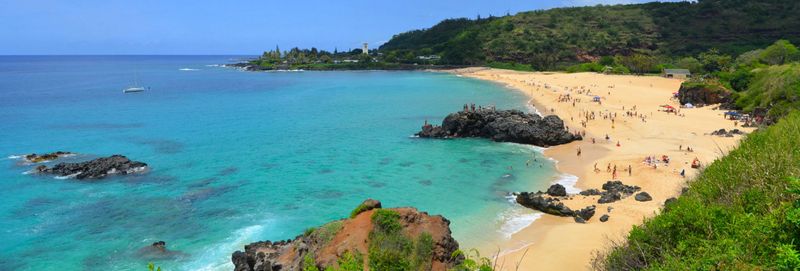
Paradise has teeth! Oahu’s crystal waters host tiger sharks, Galapagos sharks, and occasionally great whites.
The North Shore, famous for massive winter waves, sees increased shark activity during big swells.
Traditional Hawaiian culture reveres sharks as aumakua (family guardians).
Modern beachgoers might feel less reverential when spotting a dorsal fin! Shark warning systems using drones now monitor popular swimming areas.
12. Maui, Hawaii
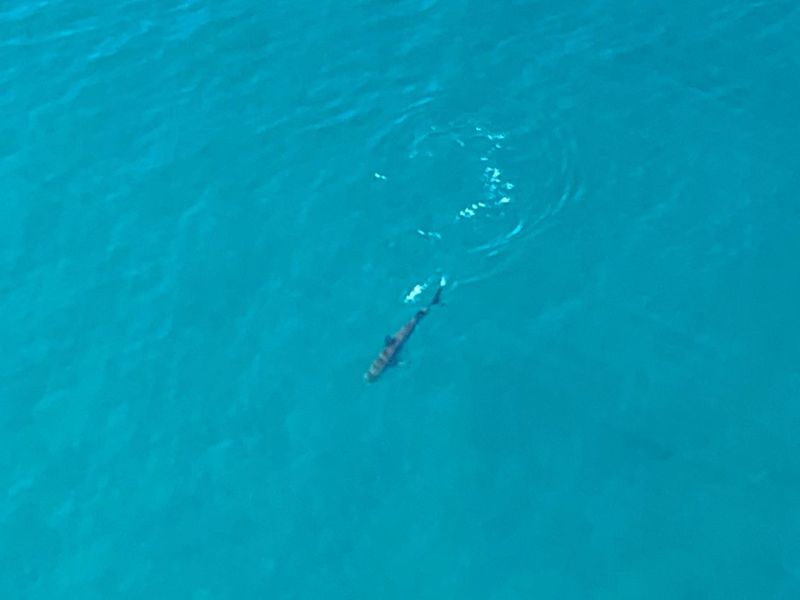
Maui’s postcard-perfect beaches hide a concerning statistic—the island has the highest rate of shark attacks in Hawaii.
The channels between Maui and neighboring islands create shark highways with strong currents they love to hunt in.
Makena and Kihei areas report frequent sightings. Tiger sharks up to 15 feet long occasionally cruise these waters, reminding swimmers that they’re guests in the ocean, not owners.
13. Hilton Head Island, South Carolina
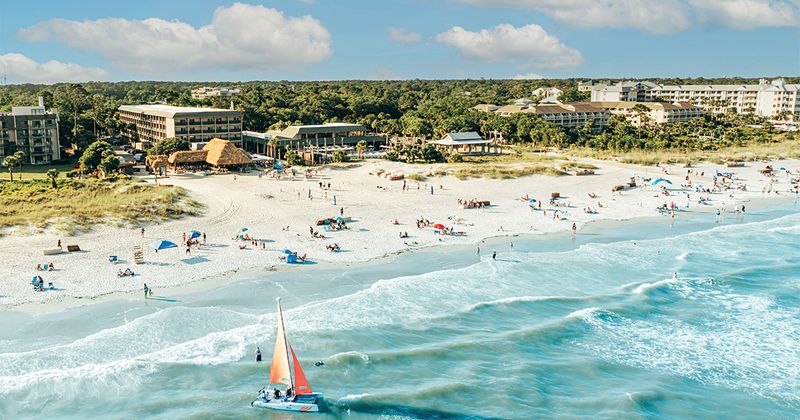
Golf isn’t the only hazard on this luxurious island. Bull sharks and blacktips frequent these waters, particularly during summer months when water temperatures rise.
The murky, sediment-filled water creates perfect hunting conditions for sharks that rely on surprise. Swimmers often can’t see more than a foot ahead, while sharks can sense their presence through electrical impulses and movement.
14. Sunset Beach, North Carolina
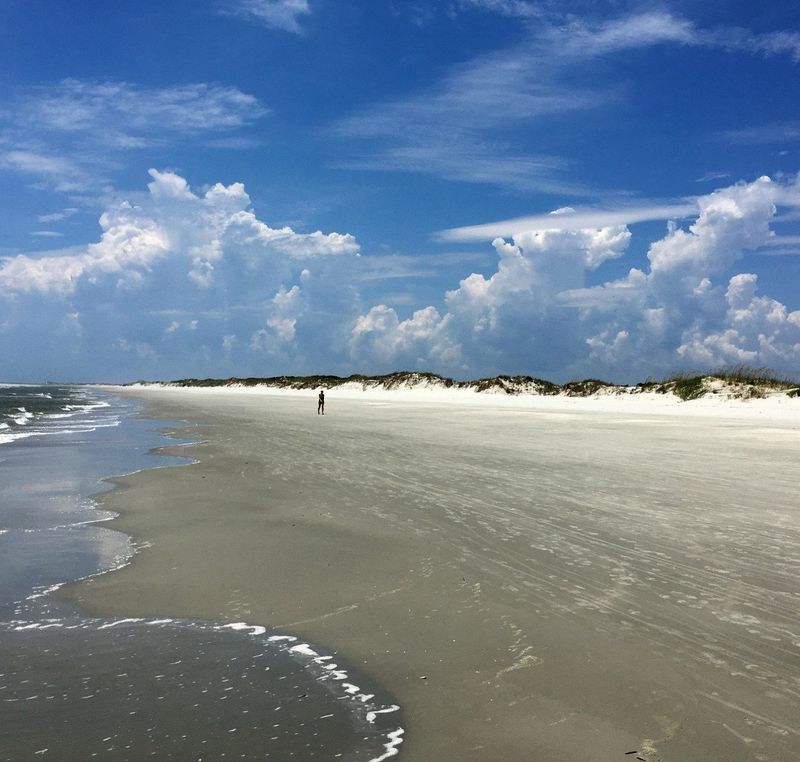
Shark researchers flock to this unassuming beach because locals often don’t! Blacktip sharks migrate through these waters in astounding numbers—sometimes thousands at once during spring and fall.
The gentle slope of the continental shelf creates ideal hunting grounds.
Fishermen inadvertently attract sharks when cleaning catches near shore, creating a feeding frenzy that smart swimmers avoid at all costs.
15. Boca Grande, Florida
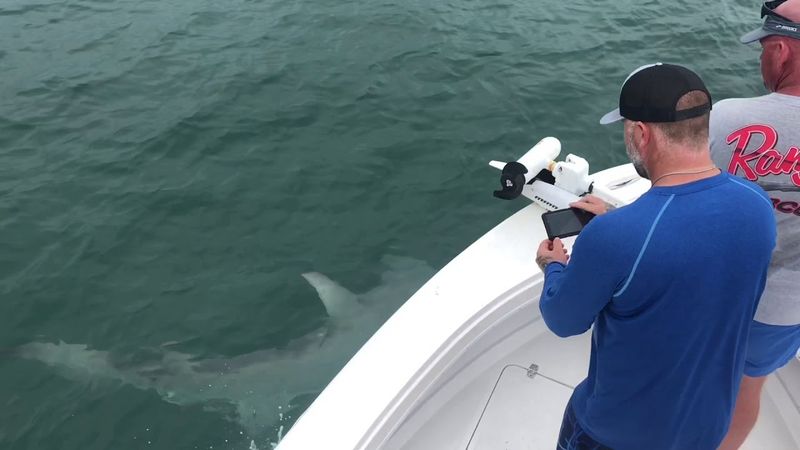
Nicknamed “Tarpon Capital of the World,” this fishing paradise should also be called “Shark Central.”
Massive hammerheads and bull sharks follow tarpon schools to this Gulf Coast paradise, creating spectacular but terrifying feeding displays.
The deep channel running close to shore enables large sharks to approach beaches easily.
Fishermen regularly hook sharks from the famous Boca Grande Pass, sometimes just yards from unsuspecting swimmers.
